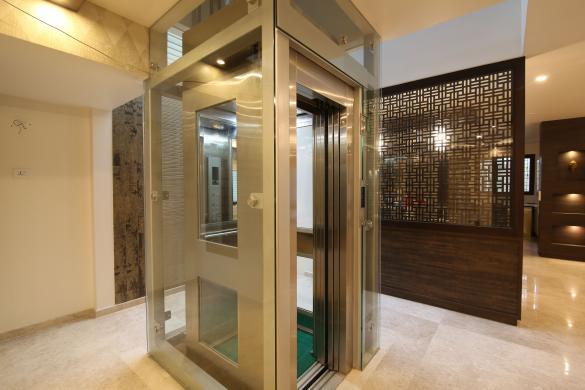Choose The Right Elevator For Your Building - Traction or Hydraulic

For the rider of the elevator cab, it is difficult to know what kind of elevator you’re in, unless you have a clear understanding or view of the mechanics behind the machine. Elevators come in different models with different uses, where some are more suited for smaller buildings and others are designed for high-rise transportation.
In this day and age, the most common of these elevators used in commercial buildings are Traction elevators and Hydraulic elevators.
TRACTION ELEVATORS
The big difference between traction and hydraulic elevators is how the cab is transported by the systems. The cab is raised and lowered by traction steel ropes or belts on a pulley system with traction elevators.
In comparison to the Hydraulic Elevator Systems, Traction Elevators are known to:
- Uses less energy
- Serve mid to high-rise buildings
- Ride smoother
Traction elevators use counterweight to compensate the cab and occupants' weight. The engine does not need to move as much weight with this design, making it much more electricity-efficient than hydraulic systems.
The most common type of elevator is the traction elevators. They can be geared or gearless and both types of models are driven by electrical motors with alternating current (AC) or direct current (DC).
- Geared Elevators
There is a gearbox attached to the engine in geared elevators that drives the wheel and moves the ropes. Machines that are geared can reach speeds of up to 500 ft / min. In terms of initial investment, maintenance costs and energy consumption, these models will have a mid-of - the-road cost.
- Gearless Elevators
The sheave is attached directly to the end of the engine in gearless traction elevators. These models can achieve speeds of up to 2,000 ft./min. These models have an initial high cost investment and an average cost of maintenance. However, they are more energy efficient than traction elevators that are geared.
HYDRAULIC ELEVATORS
Hydraulic elevators do not use overhead hoisting machines as opposed to traction systems. These elevators instead lift a cab using a fluid-driven piston mounted inside a cylinder. Traditionally, the necessary fluid has been based on oil but can be replaced with vegetable oil to reduce the impact on the environment.
In comparison to traction elevators, hydraulic systems are:
- More affordable to install
- Less expensive to maintain and repair
- Better for transporting heavy loads
- Intended for low-rise applications
Hydraulic elevators are most frequently found in buildings serving up to five floors as they operate at lower speeds than other types of elevators — typically 150 ft./min.
Another reason for their height constraints is that raising an elevator cab several stories takes a lot of energy. You'd need a longer cylinder and piston to reach high floors with a hydraulic elevator.
There are two different types of hydraulic elevators:
- Holed
The holed type of hydraulic elevator is placed inside a drilled hole with hydraulic cylinders and allows up to 60' of travel.
- Hole-less
Hole-less hydraulic elevators do not require a drilled hole, making it ideal for existing buildings or areas where drilling would be too difficult or costly. No hole-less elevators that require more than 40' of travel should be installed anywhere.
Each requirement is unique and no one understands that better that Cooper Elevators. Whether Traction of Hydraulic Elevators, we can create a customised elevator experience suited to your requirements to bring you the best quality and safety in the elevator industry. Get in touch with us for a consultation today!
